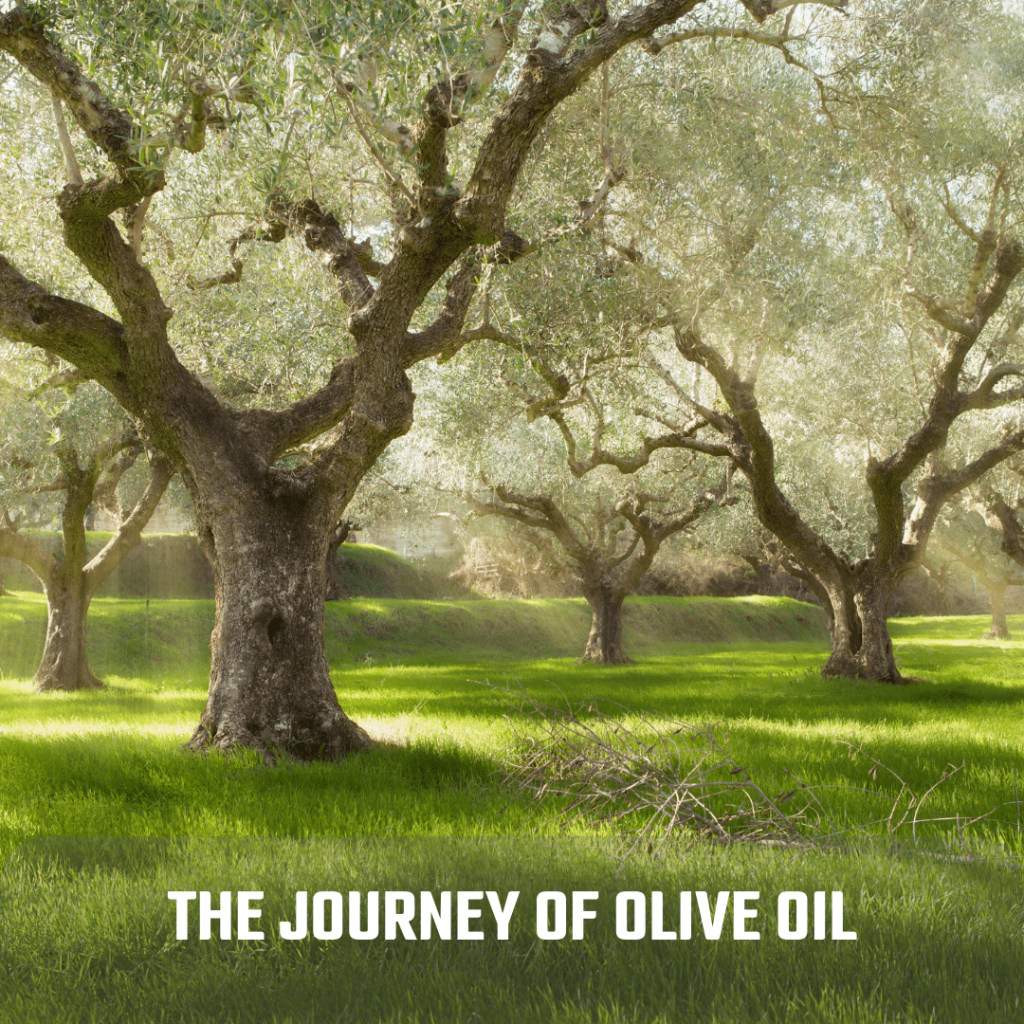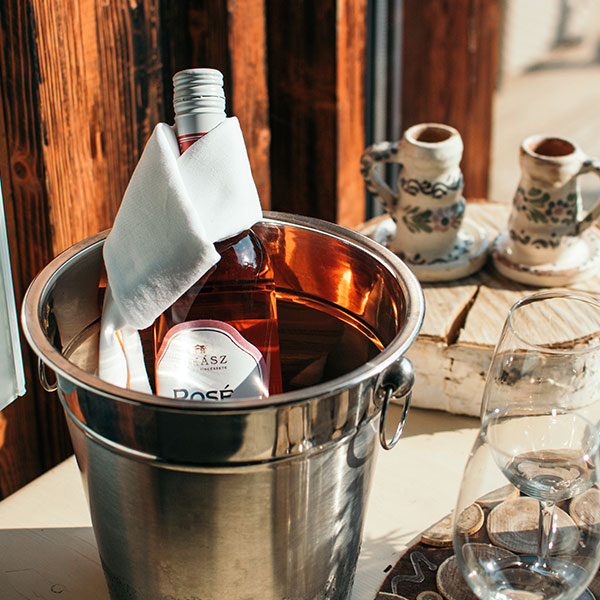
The Art and Science Behind Making Olive Oil
Olive oil is one of the most ancient and revered culinary ingredients in the world. It has been a staple in Mediterranean kitchens for thousands of years and has since found its way into pantries around the globe.
But have you ever wondered how those vibrant green olives transform into that golden, aromatic oil?
Let’s delve into the fascinating process of making olive oil.
Watch the video here below and read the article to discover more about each single step of the olive oil making process.
A Liquid Gold Legacy
Olive oil production is a blend of age-old traditions and modern techniques. It’s both an art and a science, deeply rooted in history. Whether drizzled over salads, used in cooking, or enjoyed with just a piece of bread, olive oil is a testament to the wonders of nature and the expertise of those dedicated to its production.
the journey of olive oil from the tree to the table

1. Harvesting the Olives
The olive oil journey begins in the olive groves. Depending on the region and the desired type of oil, olives can be harvested from late autumn to early winter. Farmers keep a keen eye on the olives’ ripeness. Picking them at the right time is crucial to the flavor and quality of the oil.
2. Cleaning and Preparing
Once harvested, olives are transported to the mill. Here, they undergo cleaning to remove leaves, twigs, and other debris. Clean olives produce a purer oil.


3. Crushing
Historically, large stone wheels crushed the olives into a paste. Today, modern mills use steel drums or hammer mills. This crushing stage is critical, as it’s the first step in releasing the olives’ precious oils.
4. Malaxation
The crushed olives are then stirred or kneaded. This process, known as malaxation, allows tiny oil droplets to combine into larger ones. It’s a delicate balance—too little malaxation, and you won’t extract enough oil. Too much, and you risk losing the oil’s aromatic qualities.


5. EXTRACTION
The next step is separating the oil from the olive paste. This is typically achieved through centrifugation. The paste is spun at high speeds, causing the solid and liquid components to separate. The liquid part contains both water and oil, which are then further separated.
6. Final Separation
After extraction, the oil is still mixed with some water and finer particles. Another round of centrifugation ensures that the pure oil is isolated from these components.

7. Settling or Filtering
Some producers allow the oil to settle in large tanks, letting impurities sink to the bottom. Others prefer filtering the oil to remove any remaining solids.
8. Storing
Proper storage is paramount to preserve the oil’s quality. Olive oil is sensitive to light, heat, and air. This is why many premium olive oils are stored in dark glass bottles or metal containers. They should be kept in a cool, dark place to maintain their flavor, aroma, and nutritional value.

Takeaways
Next time you open a bottle of olive oil, take a moment to appreciate the journey it has undergone, from tree to table. It’s not just oil—it’s liquid gold.
Next time you open a bottle of olive oil, take a moment to appreciate the journey it has undergone, from tree to table. It’s not just oil—it’s liquid gold.

DISCLAIMER
The information provided in this blog post is for educational and informational purposes only and should not be construed as medical advice.
The content is not intended to be a substitute for professional medical advice, diagnosis, or treatment. Always seek the advice of your physician or other qualified healthcare provider with any questions you may have regarding a medical condition. Never disregard professional medical advice or delay in seeking it because of something you have read on this website. The author and publisher of this blog post are not responsible for any adverse effects or consequences resulting from the use of any suggestions or procedures described hereafter.
LEGAL NOTE
Statements made on this website have not been evaluated by the FDA. This product is not meant to cure, treat, prevent, or diagnose a disease.










Leave a Reply